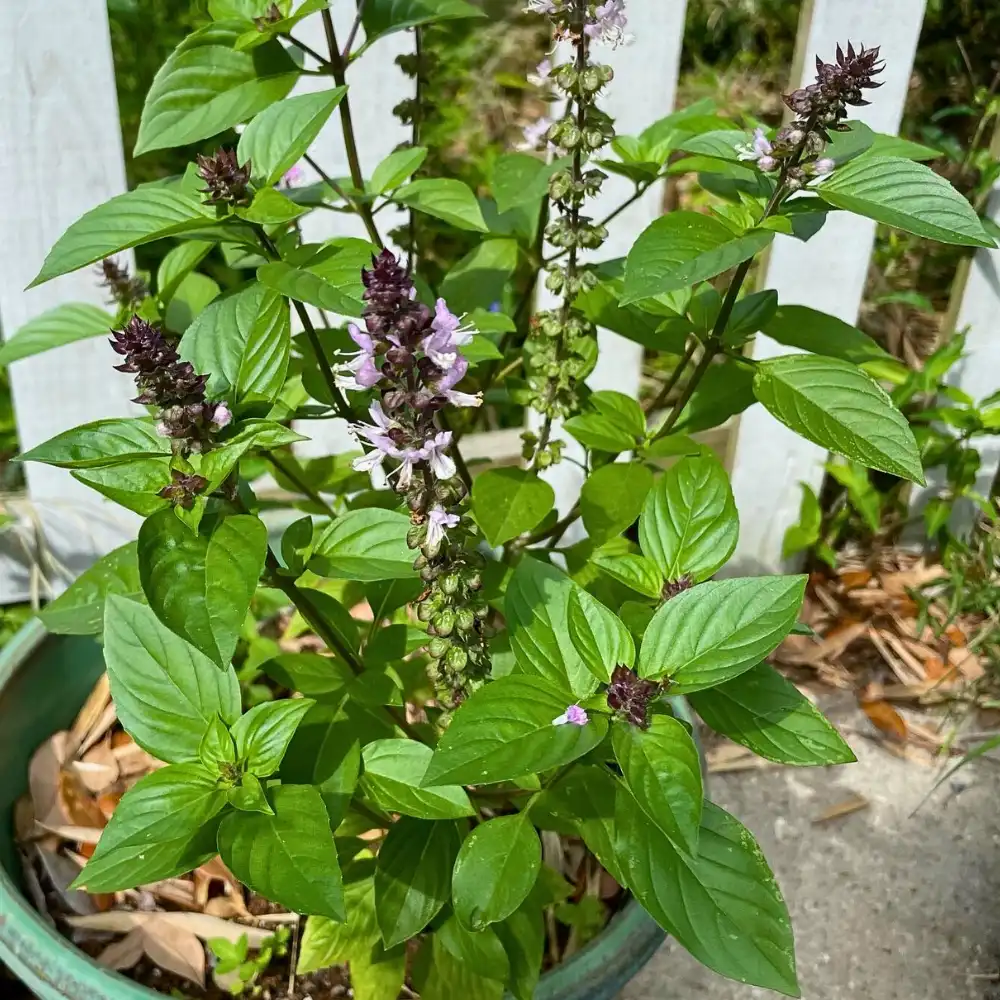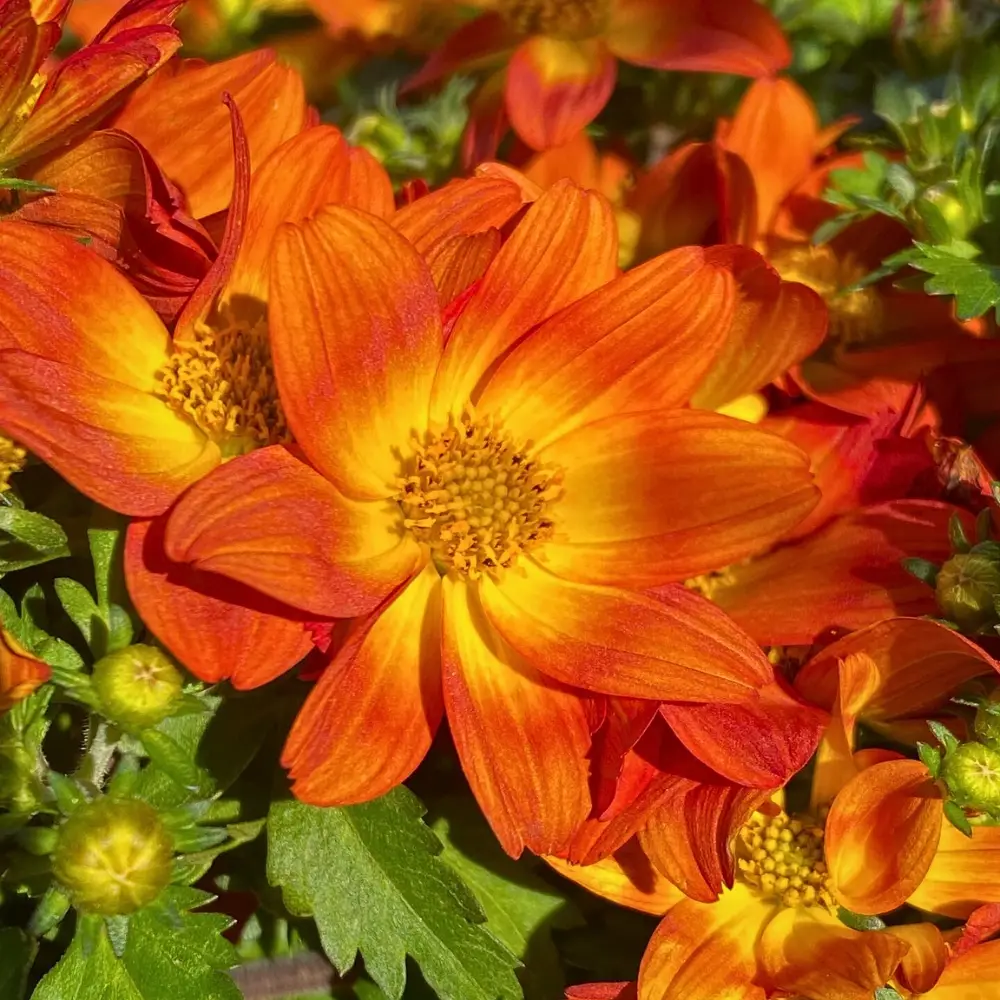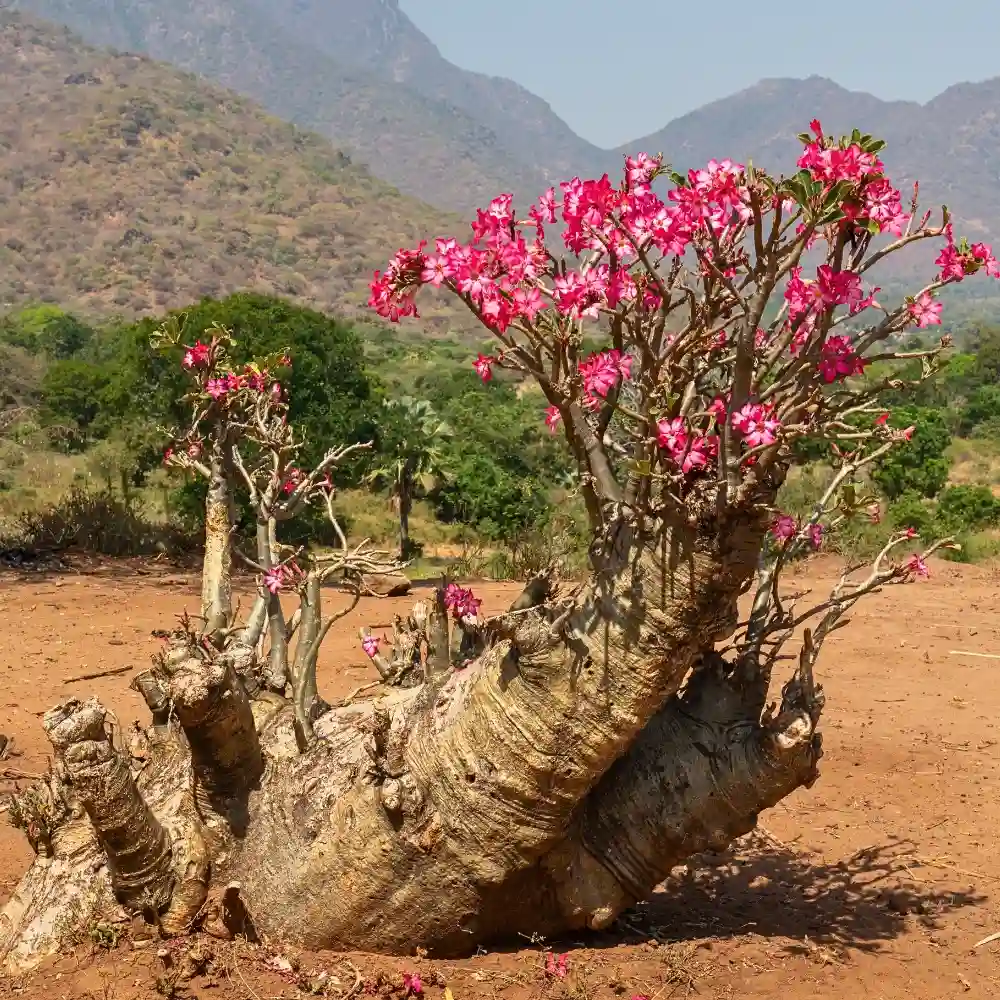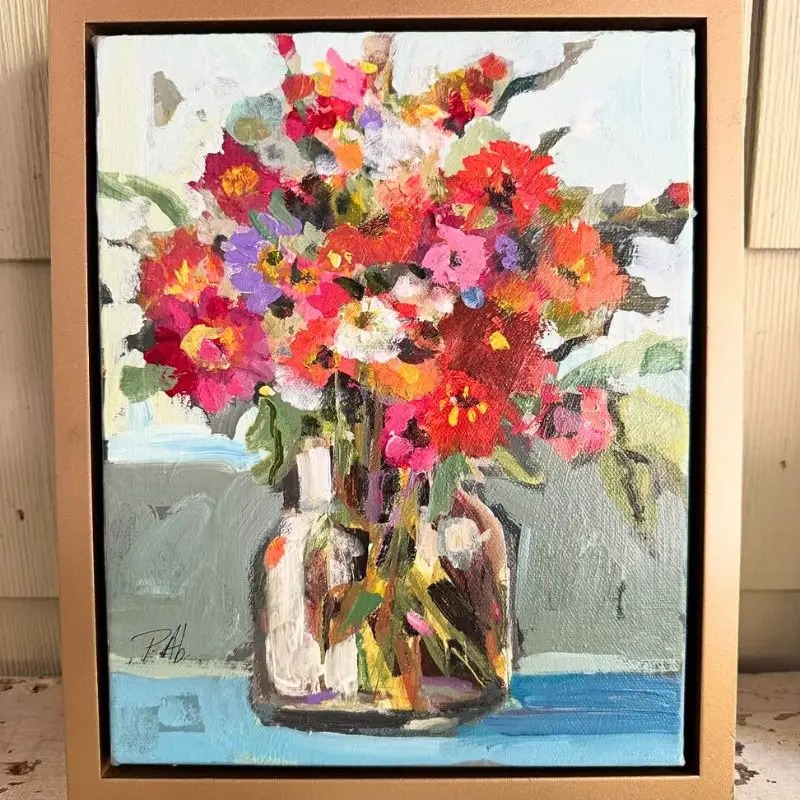The Forget Me Not flower carries with it a deep message of love, remembrance, and enduring connection. Its delicate petals, often adorned with tiny blue flowers and occasionally pink flowers, whisper the timeless plea: "Forget me not." Across cultures, these flowers have symbolized a longing to be cherished and remembered, making them an enduring emblem of affection.
Whether found in a garden or wild meadow, the forget me nots serve as poignant reminders of true love, memories shared, and the bonds that tie us to those we hold dear. This is a flower that transcends its physical beauty, inspiring poets, gardeners, and those seeking solace in nature.

A Short History of Forget Me Not Flowers
The journey of the forget me not flower spans centuries, tracing its roots through mythology, folklore, and historical events. While the exact origins of the forget me not are elusive, this small yet mighty flower has always been associated with remembrance and loyalty. Over time, the forget me not has traveled across regions, from Europe to North America, adapting to various cultural contexts
The flower's species name, Myosotis, comes from the Greek words meaning "mouse ear," a nod to the shape of its leaves. The forget me nots flower thrives in partial shade, particularly in woodlands and cottage gardens, where it continues to steal the show with its charm. As history progressed, these plants became symbolic not only of personal relationships but of collective memory, such as the commemoration of soldiers and veterans.
Medieval Europe: A Symbol of Faithfulness
In Medieval Europe, the forget me nots became synonymous with faithfulness and loyalty. Legend speaks of knights donning these blue flowers as tokens of their devotion, ensuring that their love would never be forgotten. It was believed that gifting these flowers to a loved one could protect and solidify a relationship, fostering a sense of enduring connection.
The forget me nots were particularly valued for their ability to maintain emotional bonds, even across great distances, making it a staple in romantic gestures during the Middle Ages.
German Romanticism: An Emblem of Romantic Sentiment
During the height of German Romanticism, the forget me not flourished as a symbol of deep emotional connection. Poets, such as Novalis, found inspiration in the flower's message of enduring love. In their writings, the forget me not represent the yearning for eternal bonds and was often tied to themes of nostalgia and unspoken passion.

Its appeal during this period cemented the forget me not's association with romance, allowing the flower to take on new layers of meaning in literature and art. It was here that the forget me not flower became more than a mere bloom; it embodied the very heart of romantic longing.
Freemasonry: Symbol of Fraternal Brotherhood
The forget me not holds a significant place within the traditions of Freemasonry. Adopted as a symbol of the fraternity's principles, this small flower bouquet represents the enduring bond among members, emphasizing the importance of memory and loyalty. The forget me not was also used during times of persecution, as a covert symbol of unity among Freemasons.
For freemasons, forget me not is represented as a mark of respect, representing values such as brotherhood, resilience, and the commitment to preserving the teachings of the organization. These plants are often planted in Masonic gardens and used in Masonic ceremonies to reinforce these values.
World War I: Commemoration of Fallen Soldiers
The forget me not flower found in history during World War I, where it became a symbol of remembrance for fallen soldiers. In 1921, this flower was adopted by the Disabled American Veterans organization in the United States to honor those who had sacrificed their lives in the war.

Its delicate form, with yellow centers and tiny blue flowers, stood as a testament to the courage and sacrifice of soldiers. Veterans and their families planted these flowers as a tribute to those lost in war, ensuring that their bravery would never be forgotten. The flower's resilience in harsh conditions mirrored the perseverance of those who fought for freedom. We have also listed the most patriotic flowers for the fourth of July Independence Day - check it out!
Present-Day: Gardening, Awareness, and Symbolism
In modern times, the forget me nots remains a beloved addition to gardens, valued for its symbolic and aesthetic purposes. Often planted in flower beds or along borders, these plants add a touch of nostalgia to landscapes, reminding gardeners of times past.

Beyond its aestheticism, the forget me not plays an essential role in raising awareness for causes such as Alzheimer's and veterans' support. Its presence in memorial gardens serves as a symbol of enduring compassion and memory, ensuring that the legacies of both people and causes are never forgotten.
Forget Me Nots - Symbolism and Meanings Across Cultures
The forget me nots hold deep symbolism across various cultures, with its delicate beauty resonating through folklore, spirituality, and modern awareness campaigns. Whether in the garden or cherished in art and literature, the significance of the forget me not remains universally poignant.
Europe: Love, Remembrance, and Protection
In Europe, the forget me not is enshrined in a tale of love and loss. According to a famous German legend, a knight, while picking flower buds by a river, was tragically pulled under by the weight of his armor. As he sank, he threw the blue flowers to his lady, uttering the plea, "Forget me not." From that moment on, these flowers became a symbol of eternal love and fidelity.
Across Europe, these flowers were often exchanged between lovers as tokens of devotion, embodying the hope that love would last beyond separation. In folklore, they were believed to offer protection, warding off harm and ensuring the safety of those who wore or planted them.

Asia: Spirituality and Immortality
In Asia, the forget me not flower is deeply rooted in the themes of spirituality and immortality. In Chinese culture, these flowers are linked to the Buddhist concept of mindfulness, serving as a reminder to cherish the present moment. The simple beauty of these plants, thriving in well-drained soil and often growing in a shady spot, speaks to the importance of appreciating life's fleeting moments.
In Japan, the forget me not symbolizes everlasting loyalty and love, particularly in the context of honoring ancestors. Much like the delicate pink flowers of spring, these flowers are seen as a bridge between the living and the deceased, with their memory forever preserved in art and tradition. One great example of such can be found in the Flower Funeral Series by Kengo Takahashi.
North America: Awareness and Support
In North America, the forget me not has evolved into a symbol of awareness for causes like Alzheimer's and dementia. The flower's association with memory has made it the perfect emblem for campaigns that highlight the importance of remembering and caring for those affected by these conditions. Organizations such as the Alzheimer's Association have adopted the forget me nots as their symbol, bringing attention to the power of memory and the strength of community support.

In modern times, the flower also serves as a reminder of the resilience and unity needed in the face of adversity, with many planting these flowers in gardens and flower beds to honor those they have lost.
Christian Symbolism: The Virgin Mary and Eternal Faithfulness
Within Christianity, the forget me not carries a sacred symbolism linked to the Virgin Mary. According to Christian religious tradition, during moments of sorrow, particularly at the foot of the cross, Virgin's tears fell to the earth, where they were transformed into tiny blue flowers. As a result, forget me nots are often associated with the compassion and mercy of the Virgin Mary, representing her eternal love and guidance.
Forget Me Not Flower Tattoos for an Eternal Symbol
Beyond their natural beauty, forget-me-not flowers have also inspired a captivating trend in the world of tattoos. The symbolic meaning of remembrance and everlasting love associated with these flowers has made forget-me-not tattoos a popular choice for those seeking a permanent tribute to cherished memories or loved ones.

The delicate blue petals and intricate details of forget-me-nots lend themselves well to various tattoo designs, from minimalistic single flowers to elaborate compositions. Whether as a personal symbol or a heartfelt dedication, forget-me-not flower tattoos have become a timeless art form, etching memories into the skin with grace and elegance.
Varieties of Forget Me Nots
Forget me not belong to the Myosotis genus, encompassing several distinct species that thrive in various climates and habitats. Each variety carries the same symbolic meaning of love, remembrance, and loyalty, but they differ in appearance, growing requirements, and adaptability.
Woodland Forget Me Not (Mysosotis sylvatica)
The woodland forget me not (Myosotis sylvatica) is one of the most popular varieties. As a native species of Europe, this forget me not thrive in partial shade, making it an excellent choice for shaded areas of the garden.

Known for its hairy stems, myosotis sylvatica prefers well-drained soil that retains moisture but doesn't become waterlogged. This variety self-seeds easily, allowing it to spread naturally over time, creating a carpet of blue that returns year after year. Plant it in the early spring or late spring for best results.
True Forget Me Nots (Myosotis scorpioidis)
The true forget me not (Myosotis scorpioides), also known as scorpion grass due to its curled scorpion's tail-like shape, thrives best in wetter environments. This variety is often referred to as the water forget me not, due to its preference for moist soil and humid summers.

The true forget me not plant features white flowers and pink buds before fully opening into blue flowers. Planting this species near water sources helps keep the soil consistently damp, ensuring healthy growth.
There are also other popular species of this plant:
-
Alpine Forget me not (Myosotis alpestris): The alpine forget me not is easily found in cooler climates and is native to alpine regions. Known for its hardiness, this species flourishes in rock gardens and areas with well-drained, rich soil. The alpine forget me not is the official flower of Alaska, symbolizing endurance and remembrance.
-
Small-Flowered Forget Me Not (Myosotis laxa): Commonly called the small-flowered forget me not, this species produces delicate, pale blue flowers and prefers damp environments like marshlands or wet meadows. Its small stature and subtle flowers add a touch of wild beauty to wetter parts of a garden.
-
Changing Forget me not (Myosotis discolor): Known as the changing forget me not, this variety is unique for its color transformation, as its flowers change from white to pink to pale blue as they mature. It thrives in a variety of environments, from woodlands to open fields.

How to Care for Forget Me Not Flowers
Forget me not flowers are often considered wildflowers, flourishing in natural habitats and adding that touch of untamed beauty to your garden and landscape area. To successfully care for these flowers, a few key considerations are necessary.
This plant thrives best in partial shade as full sun can scorch its leaves and hamper growth. Plant them in areas where they can receive gentle morning sunlight and stay protected from afternoon sun exposure.

Forget me nots adore moisture, so its best suggested to keep the soil moist with good drainage. Water these plants routinely and be mindful of the drought spells, as forget me nots are particularly sensitive to dry conditions.
Fertilize your forget me nots with a balanced, general-purpose fertilizer to support healthy growth. Apply the fertilizer in early spring and repeat every four to six weeks during the growing season.
Ensure that you keep the planting area weed-free, as anything considered invasive can spread aggressively and harm your forget me nots. These plants appreciate a clean and tidy environment, so it's best recommended to give them that. Also applying a layer of organic mulch helps retain moisture and suppress weed growth while maintaining soil fertility.
To encourage continuous flowering, promptly remove spent flowers by gently pinching or cutting them off. After the flowering season, prune forget-me-nots to maintain their shape and prevent excessive self-seeding.
Growing Forget Me Nots and Propagation Tips
In order to grow forget me nots in your garden, it's important you understand their basic growth requirements. Forget me nots are generally cold-hardy plants, thriving in temperate regions with mild summers. They prefer cooler climates and can be sown as annuals in regions with warmer climates.

These flowers can also be propagated from seeds or transplanted seedlings. Sow the seeds directly into the garden bed in mid-summer to early spring for the best display of flowers the following year. Lightly press the seeds into the soil, ensuring they are not buried too deeply.
You should also give these plants adequate space to grow and spread. To do this, plant forget me nots around 6 to 12 inches apart, allowing the delicate flowers to flourish without competing for resources.

Take into consideration the plant's ability to self seed and spread aggressively - you can take advantage of this naturalization process to create a carpet of blue flowers and also keep it controlled by removing excess seedlings.
Precious and Pet-Friendly: Are Forget Me Nots Poisonous to Pets?
Thankfully, forget me not flowers pose minimal risks to pets. This plant is generally non-toxic to cats and dogs, making them a safe choice for gardens and indoor floral arrangements.

However, as with any plant, it's essential to prevent pets from ingesting excessive quantities, as individual reactions can vary. If you suspect your pet has consumed large amounts of any plant material, consult your veterinarian immediately for guidance.
Explore the Beauty of Forget Me Nots
Forget me not flowers are a testament to the power of remembrance, love, and, cherished memories. Their delicate flowers, vibrant blue color, and symbolic significance makes them a one-of-a-kind addition to any garden or floral arrangement.

Whether shared between lovers, integrated into religious traditions, or used as a symbol of support, forget me nots remain a timeless reminder of power of memory, adoration, and enduring connections.










